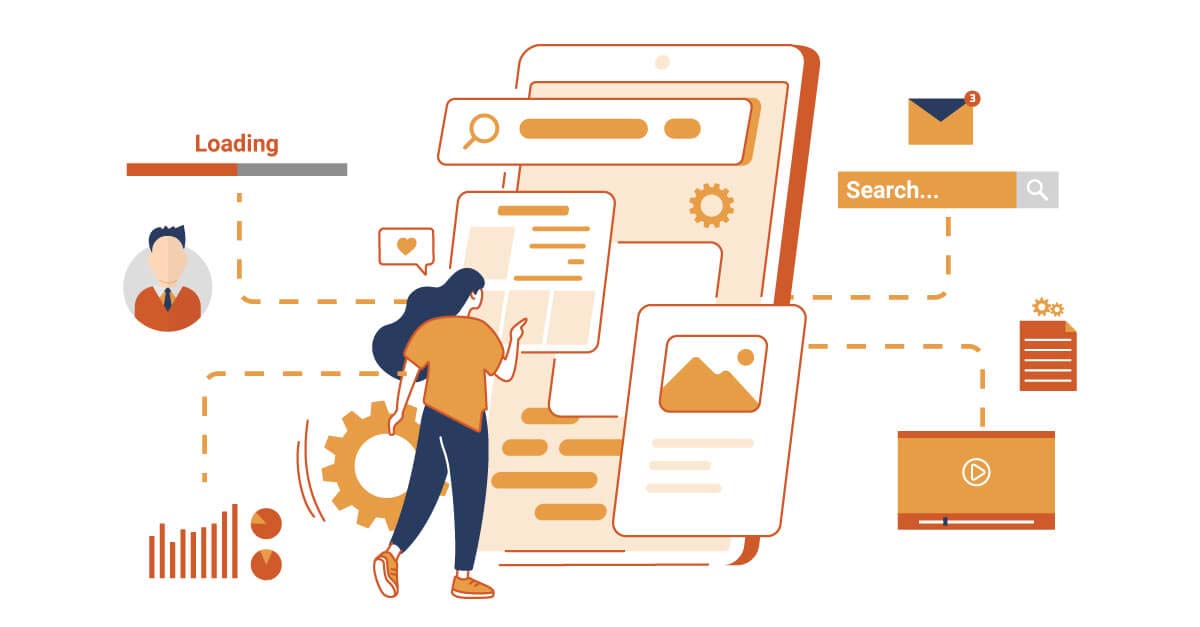
AI is reshaping industries, and intelligent agents are at the forefront of this transformation. Whether you’re working in healthcare, finance, manufacturing, or customer service, learning how to develop AI agents can provide your business with a competitive edge. This blog offers a step-by-step guide to help you understand the core process behind building these digital problem-solvers.
Develop Al agents
Define the problem
Begin with a clear definition of what the AI agent should achieve. This involves identifying the task, setting goals, and outlining the environment the agent will operate in.
Select right type of agent
-
Simple reflex agents – Act based on current percepts only.
-
Model agents – Maintain internal representations.
-
Goal agents – Choose actions to achieve specific outcomes.
-
Utility agents – Select actions based on performance measures.
Gather & prepare data
Collect historical data relevant to your application and ensure it’s cleaned and labeled properly. The quality of the dataset has a direct impact on the agent’s performance. Use techniques like data augmentation, normalization, and noise removal to enhance the dataset.
Choose right algorithms
-
Machine learning algorithms for predictive tasks.
-
Deep learning models for image or speech recognition.
-
Reinforcement learning for agents that learn from interaction.
Develop agent’s architecture
-
Perception module – For data intake.
-
Decision engine – For selecting appropriate actions.
-
Learning component – For improving over time.
-
Action module – For executing the chosen tasks.
Test the agent
Use training-validation-test splits to ensure the model generalizes well. Implement metrics to measure its effectiveness, such as accuracy, precision, recall, or reward scores in RL environments.

Deploy & monitor
After testing, deploy the AI agent into its production environment. Monitoring is crucial to ensure consistent performance. Set up logging systems, alerts, and feedback loops to identify issues early.

Tools & technologies
-
TensorFlow / PyTorch – For machine learning model development.
-
OpenAI Gym – For reinforcement learning environments.
-
Dialogflow / Rasa – For conversational agents.
-
Docker / Kubernetes – For deployment and scaling.
-
AWS Sagemaker / Google AI Platform – For cloud-based training.

Conclusion
Learning to develop AI agents is no longer a skill reserved for researchers or large tech firms. With the right approach, tools, and mindset, businesses of all sizes can implement intelligent systems that automate tasks, enhance decision-making, and improve customer engagement.

